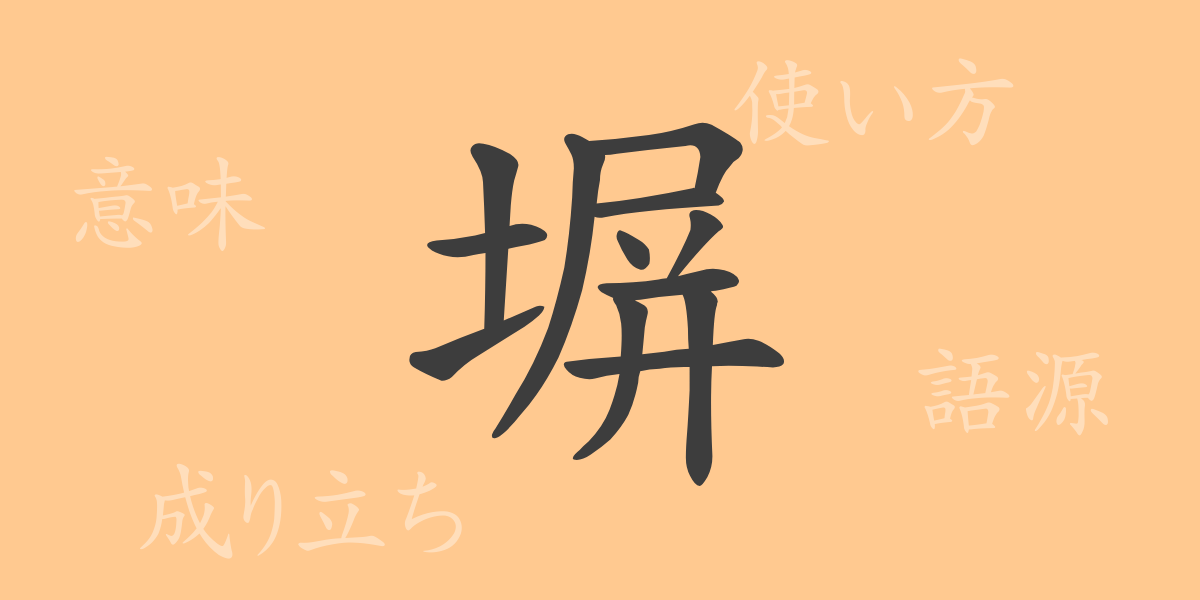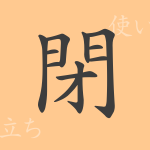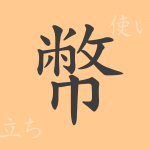In Japanese culture and language, 漢字 is more than just a character. It embodies history, depth of meaning, and its usage is deeply rooted in the daily lives of the Japanese people. This time, we will focus on the common kanji “塀“, delving into its origin, meaning, usage, and even the idioms and phrases that include it.
The Origin of 塀 (Etymology)
The kanji “塀” is a character that originated in ancient China, and its shape represents a wall made by piling up soil. In Japan, with the cultural transmission from China, many kanji characters came into use, and “塀” became established as one of the characters in the Japanese language. The etymology implies a wall that surrounds an area, with underlying concepts of protection and demarcation.
The Meaning and Usage of 塀
“塀” refers to an enclosing wall made of soil, stone, wood, etc. It is mainly used to enclose premises or buildings, serving roles such as protecting privacy and indicating boundaries. In terms of usage, it is often combined with verbs such as “塀を越える” (to cross the wall) and “塀を建てる” (to build a wall).
Reading, Stroke Count, and Radical of 塀
There is important information to know about the reading and components of the kanji “塀“.
- Reading: In 音読み, it is “ヘイ“, and there is no specific 訓読み.
- Stroke count: 12 strokes
- Radical: 土部 (つちへん)
Idioms, Phrases, and Proverbs Using 塀 and Their Meanings
There are several expressions that utilize the symbolic meaning of the kanji “塀“. For example, “塀内” refers to a place enclosed by walls, particularly referring to a prison or its interior, while “塀外” means outside the wall, implying the free world. Additionally, “塀の上から落ちる” (fall from the top of the wall) is used as an idiom meaning to make an unexpected mistake.
Summary of 塀
In this article, we have explored the origin, meaning, usage, and idioms of “塀“. As we can see, a single kanji character contains various information through its shape, history, and usage, showcasing the depth of the Japanese language. “塀” is not merely a physical wall but also plays an important role in culture and language. We hope this article helps you understand the significance of a single kanji character.
“`

























